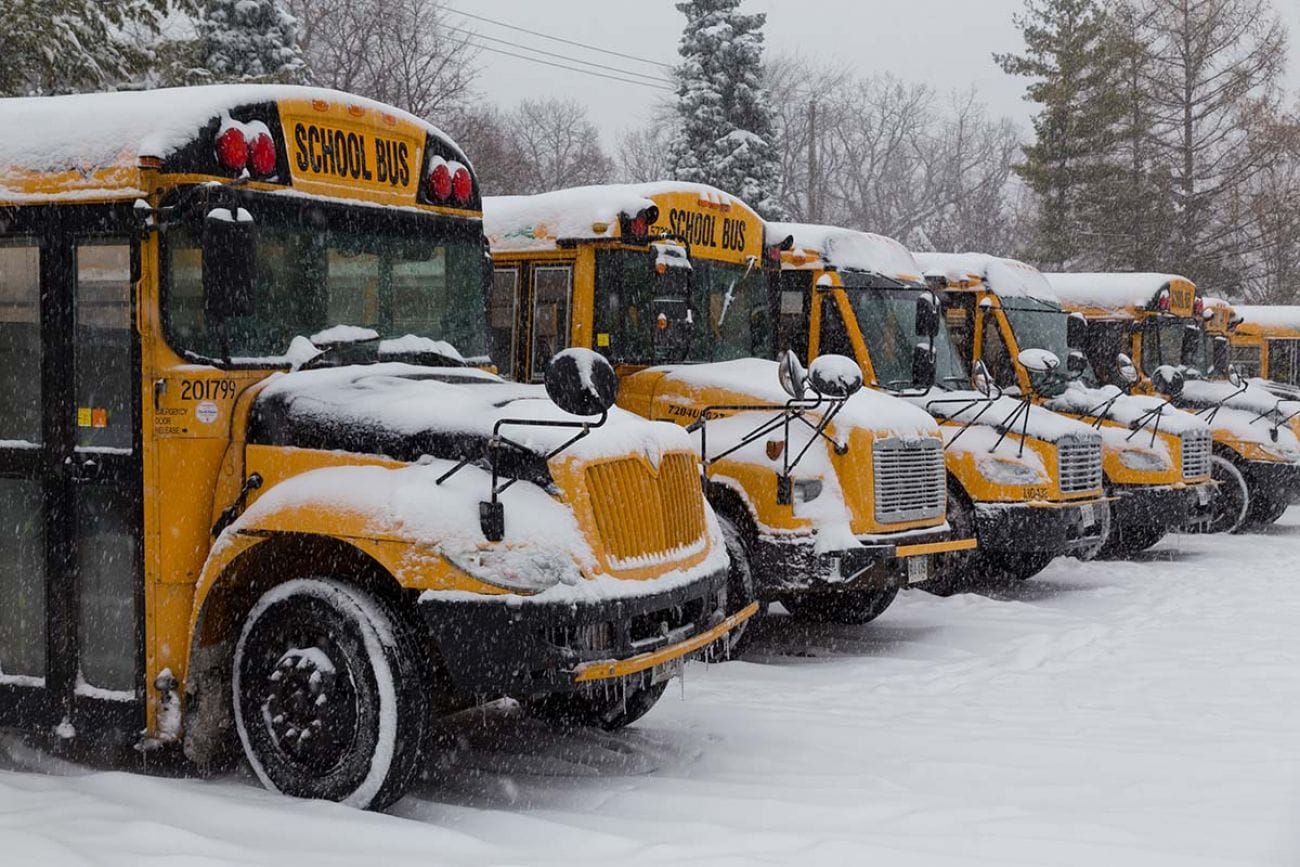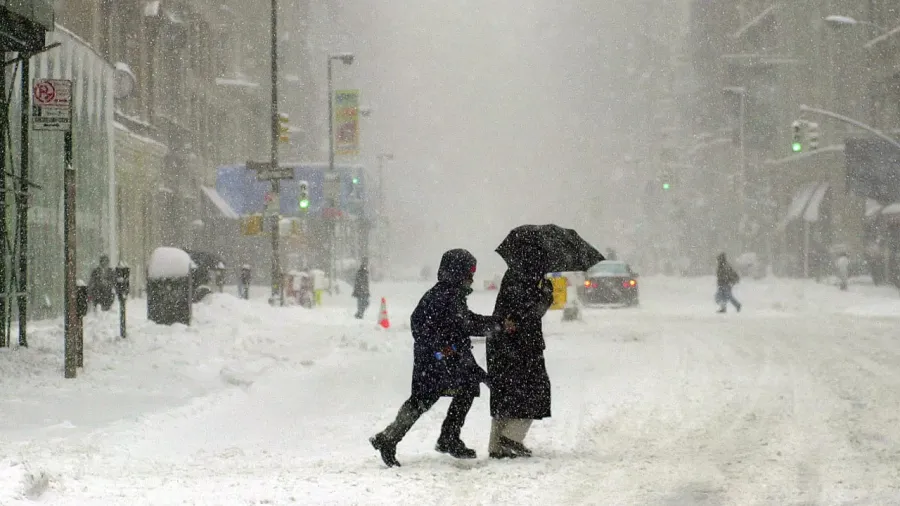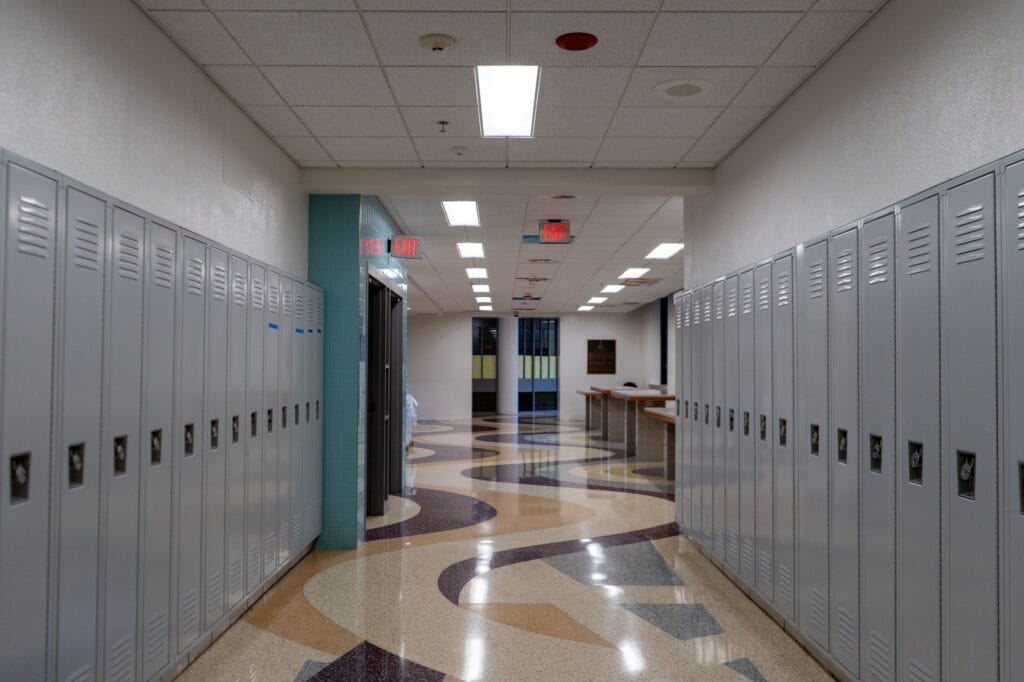
School Closures Across the United States
In recent weeks, schools across the United States have been facing closures, and not just because of the usual summer breaks or holiday vacations. There are a variety of factors contributing to the surge in school closures in 2024, from district-level financial decisions to severe winter weather that has disrupted learning. These closures are making headlines in communities nationwide, from urban areas like San Antonio to rural districts affected by snowstorms.
This article explores the reasons behind the closures, how different communities are impacted, and the challenges parents, teachers, and students face as schools shut down—whether for the day, season, or long term.
San Antonio School Closures: A Financial and Academic Realignment
One of the most significant school closure decisions in recent months occurred in San Antonio, Texas, where the San Antonio Independent School District (SAISD) voted to close 15 schools at the end of the 2023-2024 academic year. This decision is part of a broader strategy to address the district’s budgetary challenges and academic performance issues.
The closures are expected to save the district millions of dollars, but the impact is far-reaching. Several elementary schools, including Green Elementary, Foster Elementary, and Knox Early Childhood Center, will close. Additionally, schools like Beacon Hill Dual Language Academy and Gonzales Early Childhood Center will merge, which means that children will have to transition to new campuses, potentially disrupting their educational experience.
This decision has not been without controversy. Many parents and community members have voiced their opposition, arguing that the closures disproportionately affect underserved communities. However, district officials have defended the plan, emphasizing the need to create a more sustainable and equitable educational system for all students.
The decision also came in the midst of growing tensions over educational equity, with some parents arguing that the district should have prioritized increasing investment in struggling schools rather than closing them. As of now, the district plans to continue the realignment into the following years, including the closure of Baskin Elementary and Carroll Early Childhood Center
Winter Weather School Closures: Snowstorms and Freezing Temperatures

Another major cause of school closures in the USA in recent weeks has been severe winter weather. The arrival of early snowstorms and freezing temperatures in regions across the U.S. has forced numerous districts to cancel classes, move to virtual learning, or extend winter breaks.
In states like Minnesota, Wisconsin, and Illinois, heavy snowfalls and frigid temperatures have prompted school districts to close their doors to keep students and staff safe. For many students, especially those in more rural areas, the closures are often part of a regular winter pattern, as buses and roads become too dangerous to navigate.
However, these closures also present logistical challenges. Virtual learning has become more common in these areas, but technical difficulties—like poor internet access—can make it difficult for some students to participate in online education. Additionally, long-term closures or delays in returning to in-person classes can lead to lost instructional time, affecting students’ academic progress.
In some districts, like those in New York and Ohio, schools have been forced to extend their winter break or shift to hybrid learning models. This shift often disrupts families’ schedules, particularly for working parents who struggle to find child care options. The decision to close schools due to weather often comes with a host of considerations, including the safety of the children, but it still leads to major disruptions in daily life.
The Financial Impact of School Closures

While many closures are weather-related or based on safety concerns, some are driven by financial pressures faced by school districts across the country. With inflation rising, government funding becoming more limited, and the ongoing effects of the pandemic still being felt, many school districts are looking for ways to cut costs. This has led to a wave of school mergers and closures, which are intended to save money by consolidating resources.
California, for example, has seen several districts close schools in rural areas due to low enrollment numbers and high operational costs. These closures have resulted in community pushback, particularly in areas where schools serve as important community hubs, but they are seen as necessary by district officials to maintain financial solvency. Similarly, Chicago Public Schools has faced tough decisions regarding school closures due to declining student numbers and increased maintenance costs.
The consequences of such closures are significant. Not only do they disrupt the daily routines of students, but they also create uncertainty for teachers and staff, many of whom face job losses or forced relocations to different campuses. For families, school closures can force changes in childcare arrangements, and for students, they can create significant academic challenges.
How Parents and Communities Are Responding
While school boards and district officials often emphasize the necessity of closures to balance budgets and improve education quality, many parents and local community leaders are pushing back. In San Antonio, for example, protests erupted as parents voiced concerns about how the closures would affect their children’s education and their communities. Some parents argue that school closures disproportionately harm children from lower-income families, many of whom rely on the structure and safety that schools provide.
To counter these closures, community members have called for better engagement with families, arguing that the district should have done more to include parents in the decision-making process. They suggest that instead of closing schools, officials should focus on increasing funding for struggling schools, improving facilities, and investing in better educational resources.
In the case of weather-related closures, parents have taken to social media to express frustration about the timing of decisions and the impact on family life. Virtual learning, though widely adopted, is not always effective for every student. In some cases, parents are advocating for better online education programs and more consistent communication from school districts regarding school closures.
A list of the schools that said they would close Tuesday is available below
- Campbell County Schools: Closed Tuesday
- Claiborne County Schools: Closed Tuesday
- Fentress County Schools: Opening 2 hours late Tuesday
- Gateway Christian School: Closed Tuesday
- Grainger County Schools: Opening 2 hours late Tuesday
- Hancock County Schools: Closed Tuesday
- Heritage Christian Academy: Opening 1 hour late Tuesday
- J. Frank White Academy: Closed Tuesday
- Landmark Christian Academy: Closed Tuesday
- McCreary County, KY: Closed Tuesday, NTI Day 2
- Middlesboro City, KY: NTI Day 3
- Oneida Schools: Opening 2 hours late Tuesday
- Rogersville City Schools: Opening 2 hours late Tuesday
- Scott County Schools: Opening 2 hours late Tuesday
- Tri-State Christian Academy: Closed Tuesday
This story will be updated as more school districts announce closures and delays.
Looking Ahead: The Future of School Closures in the U.S.
As 2024 continues, it is clear that school closures—whether due to financial restructuring or severe weather—will remain a hot topic across the U.S. The challenges of balancing educational needs, community concerns, and safety are likely to persist as districts attempt to navigate a difficult financial landscape.
The future of school closures will depend on several factors, including federal and state funding, the ability of districts to adapt to new learning models like online education, and the capacity of communities to rally against or adapt to these changes. Whether the closures are a temporary inconvenience or a long-term solution to larger systemic problems remains to be seen.
One thing is certain: school closures in 2024 are a complex issue that reflects a broader debate over how best to manage public education in a time of financial and logistical uncertainty. As communities continue to grapple with these changes, it’s clear that more attention needs to be paid to the long-term effects of school closures on students, families, and educators.
FAQs About School Closures in the USA
Why are so many schools closing across the U.S.? School closures are occurring due to a variety of reasons, including financial issues, declining student enrollment, and severe weather conditions like snowstorms and freezing temperatures.
How do school closures affect students’ learning? School closures can disrupt students’ education, leading to lost instructional time. While virtual learning can help, it may not be equally accessible for all students, particularly those in rural areas or with limited internet access.
What is the impact of weather-related school closures? Weather-related closures, especially due to snow or ice, keep students safe but can cause disruptions in learning, forcing districts to extend breaks or adopt hybrid learning models.
How are communities responding to school closures? Many communities are protesting school closures, particularly those driven by financial constraints. Parents are advocating for better engagement in decision-making and more investment in struggling schools.
What is the future of school closures? The future of school closures will depend on federal and state funding, changes in education delivery models, and how communities adapt to shifting educational landscapes.
A Challenging Road Ahead
As we head into the new year, school closures continue to be a pressing issue for communities across the U.S. Whether due to budget cuts, district realignments, or severe weather, the effects on students and families are significant and far-reaching. For many, these closures represent a challenge that requires thoughtful solutions, greater community involvement, and a commitment to ensuring that every student receives the best education possible.
Do follow for more news: DailyForesight



